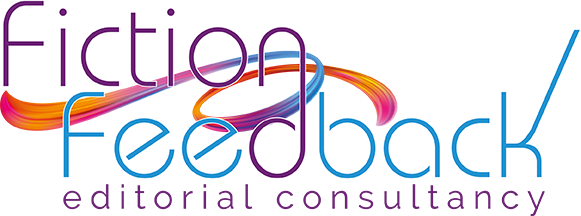25 Mar Showing and Telling: Times for Both

What’s the single biggest flaw I see in writing?
It has to be telling and not showing. Both on a micro and a macro scale.
Show not tell is perhaps the piece of advice most handed out to writers. But what does it actually mean?
Here’s a few pointers, on the micro scale first of all.
First of all, let’s reword it. Forget show not tell, and try instead evoke not inform. That one’s courtesy of an editor and author called Emma Darwin. It’s helpful.
So take an example of informing.
Jean felt scared. The room she’d been taken to was cold, large and dark. There was only dim light coming from windows set high in the stone walls.
Not bad writing as such, but informative, like a news report. Try this instead:
Jean could hear her own breathing and she didn’t know if she were shivering through cold or fear. In the room she’d been taken to the sound of their feet echoed, and when she tilted her head to glance up at the windows the memory of a medieval castle she’d visited as an undergraduate was suddenly vivid in her mind.
What’s better about this? It’s more atmospheric while getting across the same information; the echoing feet tell us it’s a large room, the damp hands and shivering tell us she’s scared and it’s cold. It relates much more to Jean. The writing gets closer into her head – all the information we find out is discovered through her; the fear and cold, the room with high windows and stone walls. When we can’t see much, other senses take over and the echoing footsteps hint at lack of visibility as well as the size of the room and the underlying aspect of menace. We also learn more about Jean as a character; she’s been to university, her subject was possibly history.
The one downside is that it’s twice as long. You’ll find this with evoking; it takes more words. That’s why in a novel or any piece of narrative prose you can’t show everything, sometimes you have to inform. You’ll find showing will probably account for 70% of the novel.
So, to the macro example.
A historical novel. We have our young heroine in medieval times where she’s under threat in a walled town in a foreign, hostile land. We stay with her for ten pages while she amuses herself sewing and gossiping with her ladies, taking occasional trips to the battlements to see if the ranks of the enemy are still visible in the distance and gazing out to sea in the hope of rescue. We’re told this from her first person point of view and it’s in detail. Ten pages! Then, suddenly, she tells us she’s made a decision to try to reach a friendlier city where her own people are in control and the natives aren’t ranged ready for an assault. We’re told, ‘My aunt and I set off with an escort, but we only just escaped an ambush and rapidly returned’. That was it! A sentence. I very nearly screamed when I was editing this; ten pages of quite repetitive description and then at last, a hint of action, excitement, adventure – and it’s all over in 20 words.
Be selective over what you show, and what you tell. We want to be shown the exciting things – bring them alive for us, in real time so we see them through your characters’ eyes – not have them reported to us.
But reportage – telling – is good for getting us from A to B – for establishing a situation, for moving time on, and then once again begin showing and gathering the reader into the fruits of our imaginations.
DP
2020

